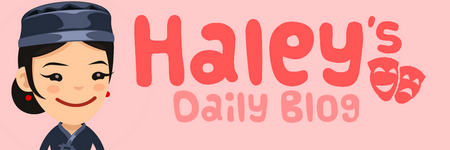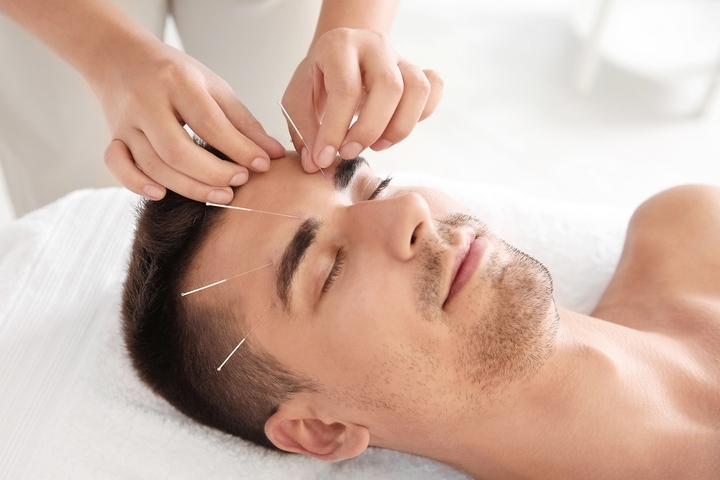Acupuncture is a traditional alternative style of medicine believed to have originated in Asia thousands of years ago. It is mostly associated with the Chinese, although other Asian countries like Japan, Vietnam and Korea have their kind of acupuncture.
This traditional medicine relieves pain relief using needles, which are carefully inserted into certain points on the body to stimulate energy and alleviate pain. The process can also treat several health conditions, including obesity. Below are eight popular types of acupuncture:
1. Traditional Chinese Acupuncture
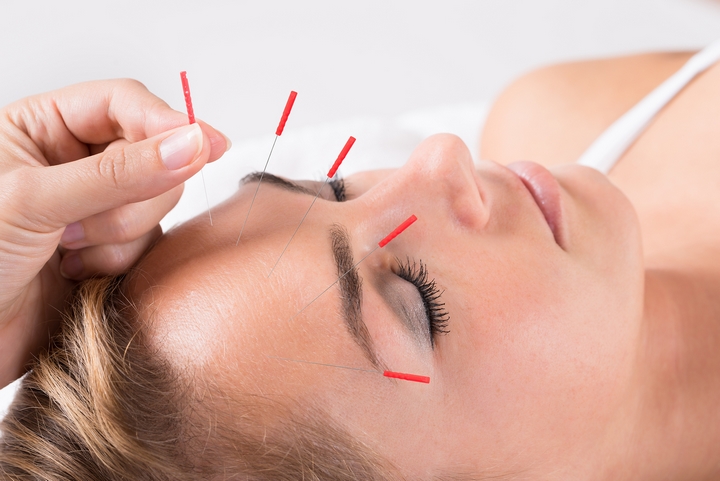
The oldest form of acupuncture is Chinese acupuncture. Dating as far back as two thousand, five-hundred years, Chinese acupuncture is the most popular. According to traditional medical theory, acupuncture points are located on meridians, through which energy, known as “chi,” flows. The acupuncturist starts by examining the patient and assessing their condition.
Next, he or she asks the patient to lie on their front, back or side, depending on where the needles will be inserted. The procedure starts with sterile, single-use needles being inserted. The patient feels a slight stinging or tingling sensation. The needles are left in place for five to thirty minutes. It’s a relatively painless process, and the acupuncturist usually offers advice on self-care after the procedure.
These types of acupuncture are often complemented with the use of Chinese herbs. How many treatments you need depends on the severity of your condition. In some cases, it could last for weeks or months.
2. Japanese Acupuncture
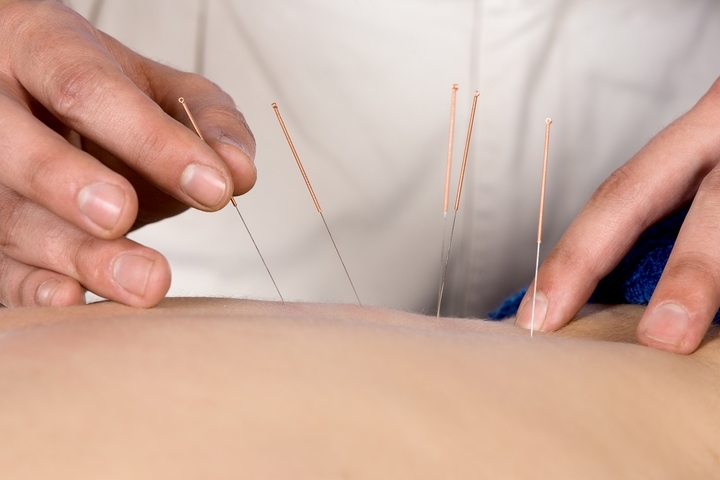
Japanese acupuncture differs from Chinese acupuncture in several ways. It uses very thin, sharp, small gauge needles that are inserted superficially. They are less painful than the Chinese needles since they are only inserted on the surface of the skin. Japanese acupuncture mainly focuses on the use of touch. It relies on abdominal palpation to establish where to insert the needle.
The blind acupuncturists of Ancient Japan used touch to feel the flow of “chi” in the patient’s body. The treatment uses limited manipulation of the needle. Japanese acupuncture sometimes incorporates moxibustion over the skin of a patient before inserting the needles. The warm sensation produced by this procedure adds to its soothing nature.
3. Korean Acupuncture
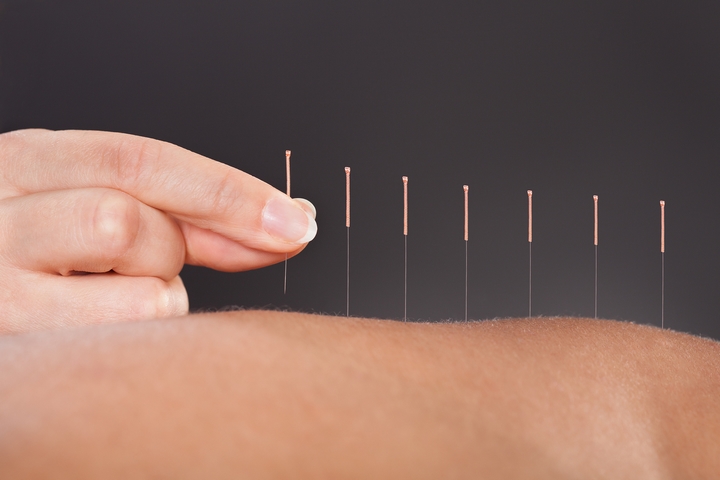
These types of acupuncture, while very similar to the traditional Chinese method, differ slightly in the application of needles. Korean acupuncture needling is different. It focuses on the extremities such as the hands or ears. Most of the standard acupuncture techniques in Korea use only four needles. This is called the Sa-am technique, or “four-needle” technique.
Two needles are used to reduce excess “chi” in one organ system, while the other two increase “chi” in the other organ system. This balancing of energies is the foundation of the Sa-am technique.
4. Auricular Acupuncture
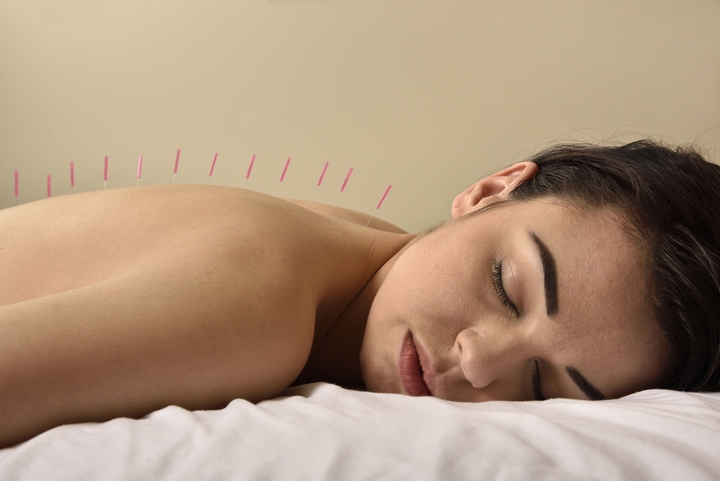
These types of acupuncture operate on the belief that there are acupuncture points in the ear that represent all areas of the body. The ear is seen as having acupuncture points that connect to major organs.
Very fine needles, sometimes called ear seeds or tacks, are inserted on different points on the ear. This is done to stimulate parts of the body that are affected by toxins or allergies. This procedure is commonly used to control pain and addictions to alcohol, drugs and nicotine.
5. Electro-acupuncture
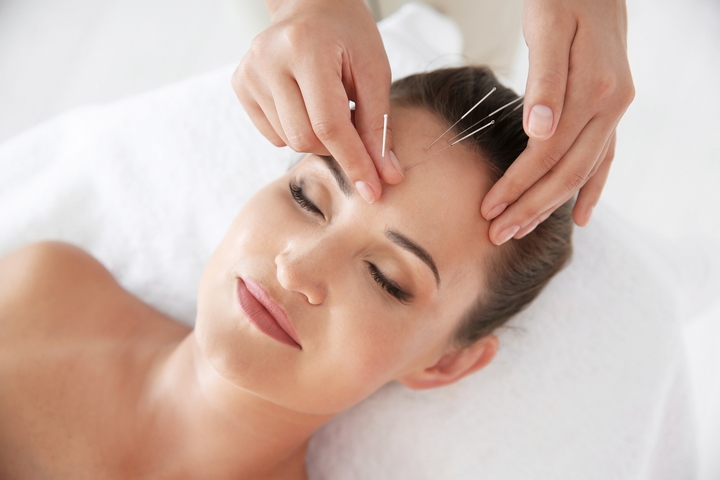
Electro-acupuncture is particularly used in pain treatment. An electro-acupuncture machine is connected to the top of regular acupuncture needles using small clips. The needles are then stimulated with an electric current, making the patient feel a mild, tingling sensation.
This extra stimulation serves to improve the flow of energy between the points, thus helping to alleviate pain. Although this type of acupuncture works to alleviate pain, it is not suitable for all patients.
6. Acupressure
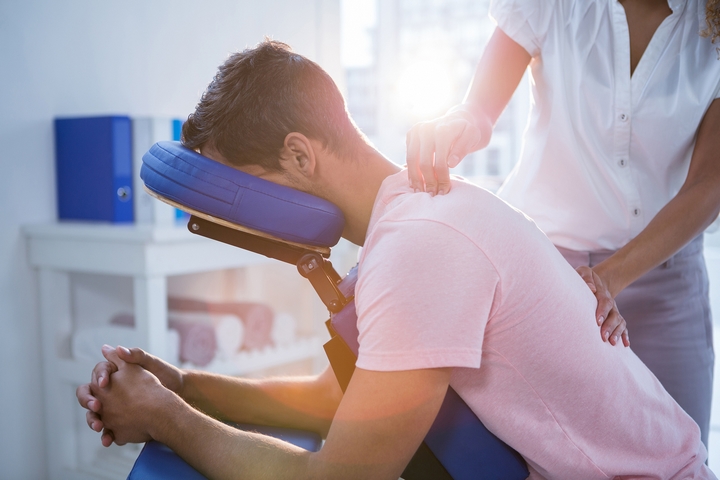
Acupressure, as the name suggests, uses pressure instead of needles. The same knowledge of acupuncture points and meridians is used to pinpoint areas on the body to alleviate pain. Acupressure uses massage and pressure instead of needling.
Since these types of acupuncture can be done at home, some acupuncturists and naturopaths take the time to teach patients the right techniques and where to apply pressure on their bodies so they can do it home.
7. Magnet Acupuncture
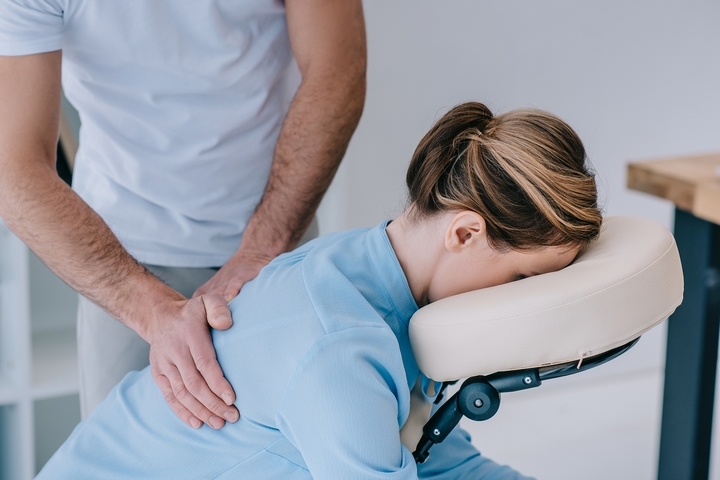
This technique uses small magnets placed strategically over acupuncture points. They are kept in place using elastic bands. The method is particularly useful in the treatment of morning or motion sickness.
8. Cupping Acupuncture
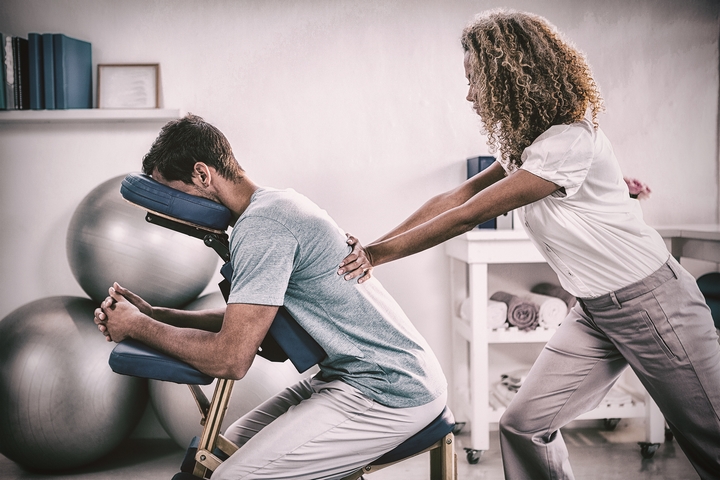
Cupping involves using glass or bamboo cups in conjunction with acupuncture. It is used when “chi” is believed to be blocked in certain areas. The practitioner lights a flame and briefly places it in the cup, which creates a vacuum effect as the oxygen in the cup burns out. Working quickly, the cup is placed in the desired area. Due to the vacuum in the cup, the suction effect causes it to stick to the area, making it feel tight.
Cupping can help where traditional needle acupuncture needs extra stimulation on a body part that has become stagnant. It greatly increases the therapeutic benefits of treating conditions that involve sluggish chi.
Acupuncture has its place in alternative medicine. The different types provide options for treatment of various ailments and conditions.
